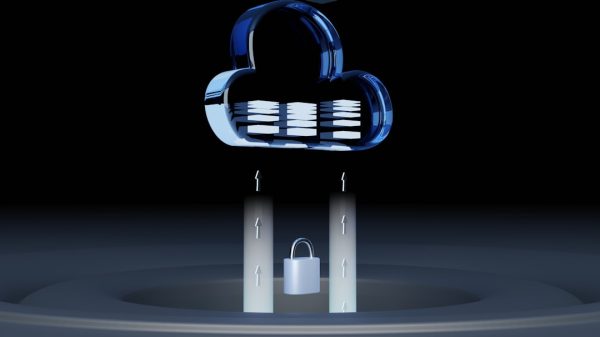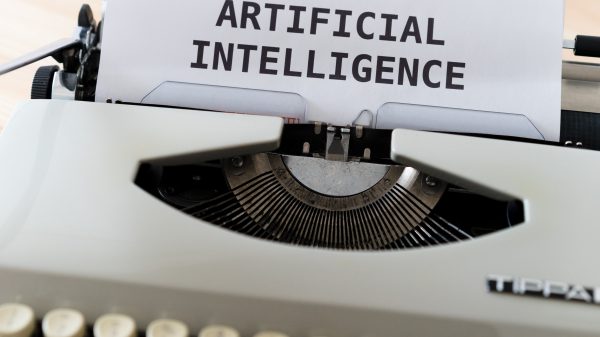When law firms adopt new software, especially cloud-based legal platforms like LEAP, the intention is always to improve efficiency, not create more complications. But sometimes, even well-designed systems encounter integration hiccups. One such issue appeared when LEAP’s email integration began creating duplicate threads, causing cluttered inboxes and confusion across legal teams—a problem that required quick thinking and smarter mail mapping to resolve.
TLDR: Duplicate Threads No More
LEAP’s email integration started misbehaving, creating duplicate threads in user inboxes due to improper email identification and categorization. This led to significant email clutter and confusion in client communication. A deep-dive revealed a mail mapping logic error that was corrected by adjusting metadata identifiers. Once fixed, emails were accurately threaded again—reducing noise and improving productivity.
The Duplicate Email Thread Dilemma
To understand how things went wrong, let’s start with how LEAP handles emails. Like many integrated platforms, LEAP offers a feature that connects to your email inbox (most commonly Outlook or Gmail) to automatically file and thread client communications into their respective matters.
However, starting late last year, users noticed a frustrating trend: emails they had already filed were showing up again in their matter threads—creating what appeared to be duplicates. Sometimes, these emails were attached to incorrect matters. What was originally intended to improve organization started causing chaos.
Signs That Something Was Off:
- Emails duplicating in both Outlook and LEAP’s matter folders.
- Email threads appearing fragmented, even for existing message chains.
- Replies creating separate conversations instead of threading with their originals.
- Staff reporting missed or overlooked messages buried in the clutter.
For law firms managing dozens of active clients and depending on precise, seamless correspondence, this wasn’t just an inconvenience. It was a malpractice risk.

Diagnosis: The Metadata Misread
Upon digging into the problem, LEAP’s development and IT teams discovered that the email integration relied heavily on certain metadata fields—especially Message-ID and In-Reply-To—to organize and thread emails. These IDs are usually unique markers generated by the mail server for each email and its replies.
But during a recent system update, something unexpected happened. In certain cases—for instance, when emails were sent via mobile clients, forwarded, or had embedded documents—LEAP’s parser wasn’t correctly capturing the In-Reply-To fields. This resulted in the software failing to recognize an incoming message as part of an existing thread.
The problem boiled down to three main culprits:
- Message Rewriting: Some email systems (especially those for compliance scanning) altered header information, breaking thread continuity.
- Multiple Recipients: Conversations involving CCs or BCCs often forked into multiple threads.
- Improper Mail Mapping: LEAP’s logic prioritized message content over headers, which proved to be unreliable for threading.
This conflicting metadata caused the system to treat legitimate responses as brand-new messages, starting a separate file in the matter every time and resulting in bloating inboxes and duplicate efforts.
The Turning Point: Mail Mapping Overhaul
Identifying the issue was half the battle. Fixing it required a detailed and systematic approach. The LEAP engineering team decided to take a hard look at their mail mapping engine — the module responsible for reading email metadata and aligning it to matters.
Steps Taken to Resolve the Issue:
- Auditing Threading Rules: Developers rewrote logic to prioritize In-Reply-To and References fields more strictly.
- Cross-platform Testing: Emails sent from desktop, mobile, and third-party clients were tested for how headers behaved across environments.
- Intelligent Tagging: LEAP introduced AI-enhanced parsing that could identify a conversation through context if headers failed.
- Custom Mapping Profiles: Firms were given the ability to tailor email mapping based on their systems—especially useful for those using compliance tools like Mimecast or Barracuda.
One of the most effective solutions was implementing a “mail thread fingerprint” system. This feature generated an internal hash based on subject lines, involved participants, and send times to identify potential threading matches, minimizing reliance on email headers alone.

Results: A Cleaner, Smarter Inbox
The results were almost immediate. Within days of the new mail mapping logic being deployed, users reported tidier inboxes and more accurate filing of conversations. Duplicate threads decreased by over 90%, and matter integrity saw a notable improvement. Staff reported up to 25% faster processing of emails related to client cases.
One of the most appreciated features was the new “Thread Suggester”: when LEAP was uncertain where to file a message, it presented the user with likely matter options, allowing human oversight in rare ambiguous cases.
Key Benefits After the Adjustment:
- Inbox clutter reduced significantly
- Faster email filing and less manual correction
- Improved visibility on multi-party conversations
- Lower risk of missed communications or double responses
Perhaps even more importantly, the update restored user confidence in using LEAP as a daily operational system—a vital win in environments as information-sensitive as law firms.
Takeaways for Tech Teams and Law Firms
This situation provided some useful lessons for everyone involved, especially those managing platform integrations in high-stakes environments like legal, finance, or healthcare:
1. Email is More Complex Than It Appears
Threading seems simple on the surface, but underneath lies a web of identifiers, headers, and client-specific behavior. Automated systems must be built to tolerate variation gracefully.
2. Default Logic Isn’t Universal
What works for one firm may fail for another due to middleware, compliance filters, or even staff habits. Offering customization in mail rules can prevent headaches early on.
3. Human Review Options Matter
Technology can’t be perfect. Giving users “soft overrides” like the Thread Suggester increases trust and allows systems to learn from everyday actions.
Conclusion: Precision Matters
LEAP’s email threading saga serves as an important case study in metadata management and the delicate balance between automation and accuracy. It also reinforces the idea that even minor adjustments—in this case, mail mapping refinement—can have a massive positive impact on user experience.
Going forward, LEAP continues to monitor how email headers evolve across providers and how AI might further close the threading gap. But for now, thanks to a smart adjustment and a bit of persistence, inboxes are tidy, threads are accurate, and legal teams can focus on what they do best: serving their clients.

































